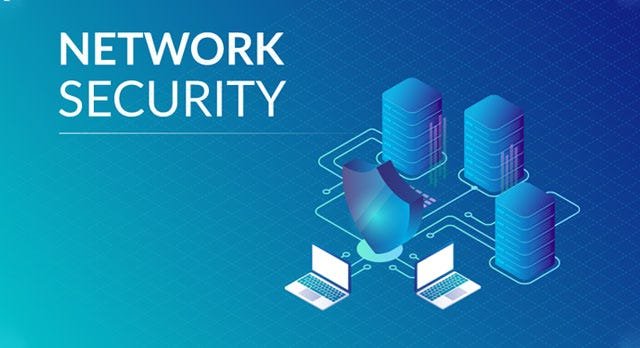As digital ecosystems become more complex and distributed, the need for a proactive and integrated network security strategy has never been greater. For modern businesses, protecting digital assets is not just a technical necessity—it’s a business continuity imperative. Effective network security tools serve as both a shield against external threats and an enabler of trust, compliance, and operational efficiency.
Below are critical categories of network security tools and how they support strategic business objectives:
1. Real-Time Network Monitoring: Enhancing Operational Visibility
Business Value: Preventing disruptions, enabling informed decision-making, and ensuring SLA compliance.
Solution Example: ManageEngine OpManager
Network monitoring tools provide a centralized view of infrastructure health, empowering IT teams to act before incidents escalate. With capabilities such as device availability tracking, fault management, and wireless network analysis, platforms like OpManager allow businesses to:
- Minimize downtime and service disruptions
- Optimize infrastructure performance
- Improve resource planning and scalability
By maintaining continuous visibility, organizations can ensure operational resilience and customer satisfaction.
2. Protocol Analyzers: Supporting Diagnostic Agility
Business Value: Reducing incident resolution time and improving network performance.
Solution Example: Wireshark
Protocol analyzers enable businesses to conduct detailed network traffic analysis. Tools like Wireshark support deep packet inspection and session tracking, which is instrumental for:
- Troubleshooting connectivity issues
- Diagnosing performance bottlenecks
- Investigating security anomalies
Fast, accurate diagnostics translate into lower operational costs and quicker recovery from network disruptions.
3. Intrusion Detection & Prevention: Safeguarding Business-Critical Assets
Business Value: Reducing exposure to threats and ensuring regulatory compliance.
Solution Example: Palo Alto Networks NGFW
IDPS platforms serve as the frontline defense against cyber threats. By continuously analyzing traffic patterns and user behavior, they help mitigate risks before they impact business operations. Integrated within next-generation firewalls, these tools:
- Identify and block malicious activity
- Reduce mean time to detect (MTTD) and respond (MTTR)
- Align with cybersecurity standards and frameworks
This proactive defense mechanism ensures business continuity and strengthens stakeholder trust.
4. Firewall Technologies: Enforcing Access Governance
Business Value: Protecting organizational boundaries and supporting secure digital transformation.
Solution Example: Netgate pfSense
Modern firewalls offer policy-driven traffic control that aligns with evolving business requirements. pfSense, for example, enables:
- Secure remote access
- Segmentation of sensitive business units
- Scalable rule enforcement across hybrid environments
5. DNS Security: Protecting Brand and User Trust
Business Value: Defending against phishing, malware, and brand impersonation threats.
Solution Example: DNSFilter
DNS security solutions add a crucial layer of protection by filtering access to malicious or unauthorized domains. By applying intelligent domain categorization and user-level controls, these tools:
- Prevent access to harmful sites
- Enhance endpoint protection without requiring hardware changes
- Protect employee and customer data during online interactions
This is particularly relevant in remote and hybrid work settings where endpoint exposure is elevated.
Conclusion: Network Security as a Strategic Business Enabler
Organizations must view network security not merely as a compliance requirement but as a competitive advantage. The right combination of monitoring, detection, prevention, and access control tools can:
- Lower the total cost of security incidents
- Accelerate recovery from disruptions
- Support digital transformation and innovation initiatives
Leaders should assess their technology stack through the lens of business value—evaluating how each investment supports long-term resilience, customer confidence, and operational excellence.

